Chargement...
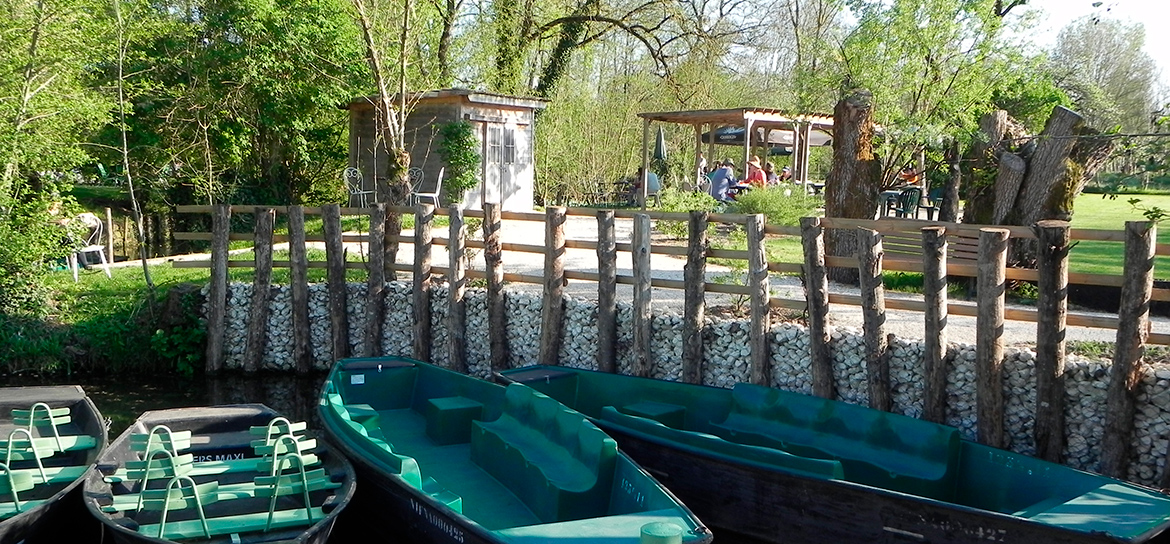
It's a family story. Since 1976, we have welcomed our customers in a natural and preserved site so that they can spend a unique moment. Today, our pier in Arçais offers many advantages:
The conurbation of Arçais did not establish itself on an island like Irleau or Le Vanneau. The village was on the edge of the Gulf of Pictons, at the western end of a strip of limestone land whose base has been eaten away by the sea waves and cut into small coves. It is in one of these coves that Arçais has built a port. It is possible to imagine what it was like at that time, at a place called Sainte-Sabine, from the top of a hill that still exists. It must be borne in mind that our entire region was entirely covered by the sea. It is therefore at the bottom of this immense bay, not far from the mouth of the Sèvre Niortaise, that Arçais settled.
He had several names:
The swamp did not come to its current state naturally. It would still have today the aspect of a vast swamp if man had not completed the work of nature for his benefit. In the 11th century, the highest parts were already being cultivated. The lords, then realizing the need to drain this unproductive marsh, donated a large area of it to the surrounding abbeys, which grouped together and formed associations.
The drying monks, helped voluntarily by the inhabitants of the parishes, who received in exchange, as the price of their services, a portion of the marsh or certain grazing rights, methodically continued their work.
Five associated abbeys, those of Absie, Saint-Maixent, Saint-Michel-en-l'Herm, Maillezais and Nieul-sur-l'Autize, dug many canals, one of which flows into the Sèvre, at Anse du Braud, still bears the name of “Canal of the Five Abbots“.
These canals, while drying out the marsh, also served as communication channels. In the 13th century, the associations came to an end and a few years later, hay, beans, etc. were harvested from the dried parts. Unfortunately the Hundred Years War brought ruin; the locks were destroyed and the canals silted up.
François 1er had several works carried out between the Vendée and the Luçon canal. But the wars of religion came to annihilate the work accomplished. The dykes were cut to bar the enemy's route by inundation; the works of art were thus destroyed. Until the reign of Henry IV, the marshes were virtually unproductive.
The King of Navarre took an interest in the drying up of the Poitevin marshes and for this purpose went to Marans from where he wrote on June 17, 1586, to his mistress, the beautiful Corisandre d' Andouin
Ah! how I wished you there! It is the place where, according to my heart, I desired you. We like it with those we love and we regret an absence ».
It was only in 1599, on April 8, under the initiative of Sully, that an edict appeared authorizing the drying out of our muddy land and entrusting the privilege to Humfroy Bradley, a Dutch engineer. . Bradley was appointed master of the kingdom's dykes, but foreseeing great difficulties, he had enlisted associates. He brought in many Dutch families and had to fight against the mistrust of French workers. A memory still remains of this association: It is the "Dutch canal".
Bradley died in 1639. On May 4, 1641, a new company was incorporated.
Pierre Siette, a French engineer who was in charge of the company, began work in 1643 and finished it in 1646. In three years, he had 75 kilometers of canals dug in the low marsh.
Under Louis XIV, 1300 hectares were still dried out, but nothing was done during the course of the 18th century.
Although these successive dryings undertaken on a fairly large scale produced indisputable results, it was the imperial decree of Napoleon I that produced serious improvements in the regime of the Sèvre Niortaise, both from the point of view of navigation and drying. still marshy land.
The decree, signed in Bayonne on May 29, 1808, mainly contains provisions relating to navigation. Unfortunately, this decree, which determines the width to be given to the Sèvre throughout its course, that is to say from Niort to the sea, is silent on the depth. Perhaps that is why there was no immediate sequel; at the fall of the empire, the decree was buried and forgotten in ministerial boxes. The Restoration did nothing for the marsh; a few projects were under consideration, but the years passed without bringing practical results. After long years of study, loaded with administrative decrees, engineers' reports, etc., a royal decree dated August 24, 1833 indicates the work to be carried out. The ordinance of August 24, 1833 is the starting point of a real revolution in the mores of the inhabitants and also in the nature, appearance and value of the soil.
It is according to these ordinances that the societies of the "wet marshes" as opposed to the dry marshes were formed. The owners of the grouped wet marshes formed three trade unions: one for the marshes of Deux-Sèvres, the other for those of Vendée, and the third for those of Charente-Maritime. To create resources, these companies obtained the right to establish contributions on the owners interested in the execution of the necessary works, which were not long in taking importance: widening and deepening of the ditch of the Wolf; straightening and widening of the Béjou river: digging of the Grande Rigole de la Garette which was completed in 1845 and the Port Goron channel; opening of the Mazeau channel, in 1859, etc…
In 1868, the Sèvre was straightened, channeled over a certain part of its course, notably between Saint-Liguaire and Coulon. Between La Sotterie and Les Bourdettes, 300,000 cubic meters of earth and sand were removed from the bed of the Sèvre Niortaise in 1963.
Today, Arçais, although still rural, has been able to position itself as being, at present, an attractive pole due to the beauty of its marshes and the architecture of its picturesque habitats. Maintained to preserve its market garden character, it now attracts a large number of visitors, on its coves as well as in its alleys marked by a still wandering past!
Located in the heart of what charming poets have called "The Green Venice", it alone has 40 kilometers of navigable canals, for a marsh area covering 1000 hectares (to illustrate this dimension, the Wet Marshes encompass 172 km passable waterways on the public domain).
If we have chosen to open this site, it is to help you discover a superb region.
Considered as one of the largest wetlands in Europe, the Marais Poitevin remains an area of major ecological interest.
This unique territory, shaped by generations of market gardeners, offers the incessant spectacle of the union of water and light.
Originally from this country, “Like no other”, we invite you to come and contemplate it, love it and protect it.
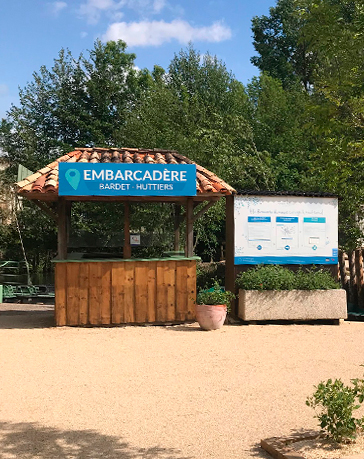
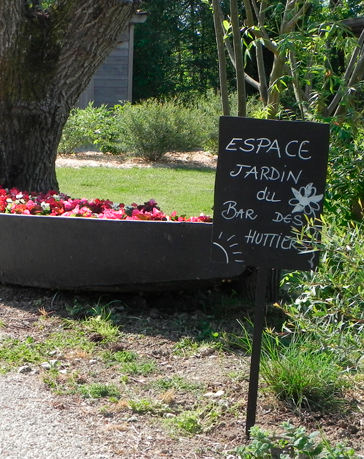
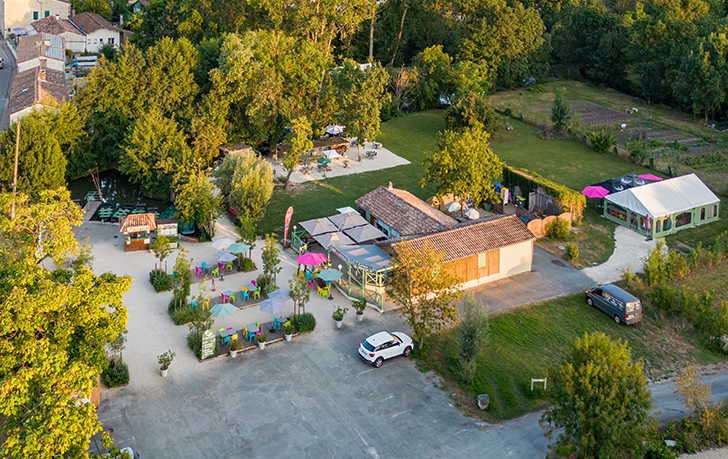
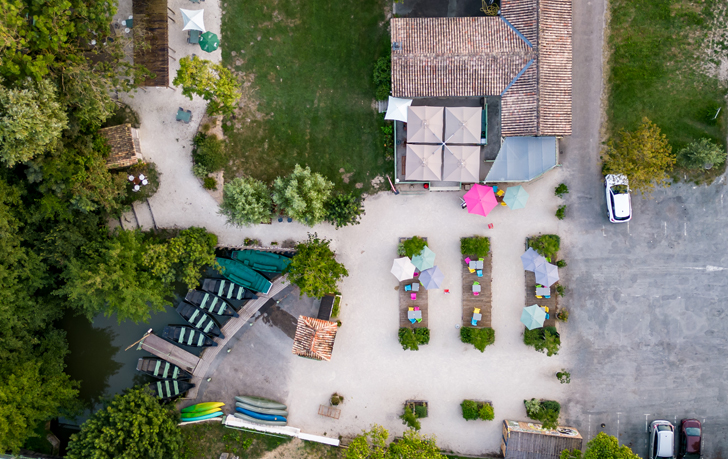
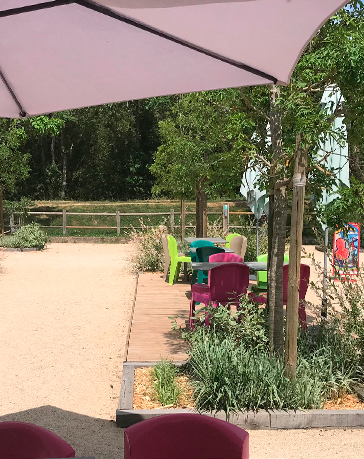


Jolie promenade de 2h ( conseillée) où vous allez découvrir le charme et la grandeur du marais poitevin ,
notre guide Frédéric nous a bien expliqué l'histoire de ce marais et les anecdotes qui lui sont propres
A conseiller fortement pour découvrir la Venise Poitevine !
Bubule (sept. 2023)
Belle ballade dans le marais
Très belle découverte, et très bons commentaires de Louis. Avons fait la ballade d' une heure. Quant au monsieur de l' accueil, il est très sympathique également.